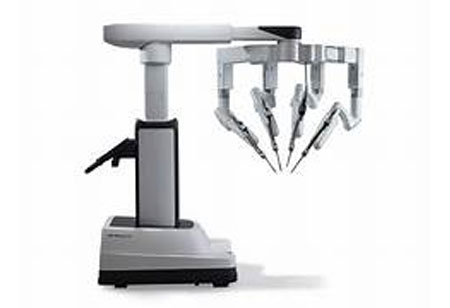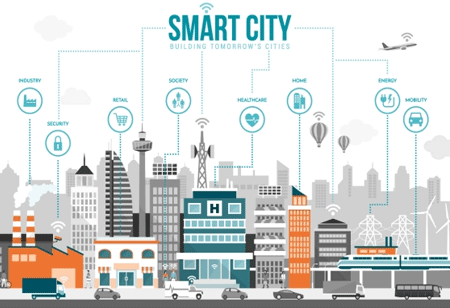THANK YOU FOR SUBSCRIBING
Teleoperation with Virtual Reality Surgical Robots
Teleoperation and the market for telerobotics have taken a leap today. It uses technologies like virtual reality to prevent special equipment from being controlled.

By
Apac CIOOutlook | Monday, February 11, 2019
Stay ahead of the industry with exclusive feature stories on the top companies, expert insights and the latest news delivered straight to your inbox. Subscribe today.
Teleoperation and the market for telerobotics have taken a leap today. It uses technologies like virtual reality to prevent special equipment from being controlled. Cloud robotics enables fractional ownership of telerobotics. Researchers from the MIT Computer Science and AI Laboratory recently introduced a VR system that helps individuals to operate a robot using the Oculus Rift headset.
The Virtual Reality headsets connected to the PC were about 0.91 percent compared to Linux users running steam. According to the market share of the headsets on Steam, the Oculus Rift headset has a higher share of around 47.03 percent.
Check Out: Top Healthcare Simulation Companies
VR uses two key teleoperation approaches, the direct model and the cyber-physical teleoperation model. The user’s point of view is limited to a single perspective in a direct model. It is linked directly to the robot’s state. However, users interact with the robot’s virtual copy in the cyber-physical model. According to MarketsandMarkets, the global surgical robots market has a growth rate of 10.4 percent per year, from 3.9 billion dollars in 2018 to 6.5 billion dollars in 2023. Recently, many countries have started investing in surgical robots. Pentagon’s Advanced Research Project Agency has developed “trauma pod.” In addition, the U.S. Space Agency has been testing telesurgery in a submarine.
The Dundee Institute for Healthcare Simulation (DIHS) developed a program of training for the first surgical robots in Scotland. The robots have four thin arms, which are inserted by incisions into the patient. Surgical robots are used to train surgeons in urology, gynecology, ENT and general surgery disciplines. Doctors all over the world will make use of the opportunity to get both surgical and clinical training from the DIHS.
5G remote surgery has recently been tested in China on an animal. Many surgical robots have been introduced. Last year, about 6,000 surgical robots carried out millions of operations. Robotic operations cost more than normal laparoscopic and endoscopic operations. The advantage, however, depends on the success rate of the operating robots. In the future, surgical robots and fly-by-wire algorithms will be controlled by voice.
Few Top Healthcare Simulation Companies (3D Systems [NYSE:DDD], ReaLifeSim, LLC, Sim*Vivo)





